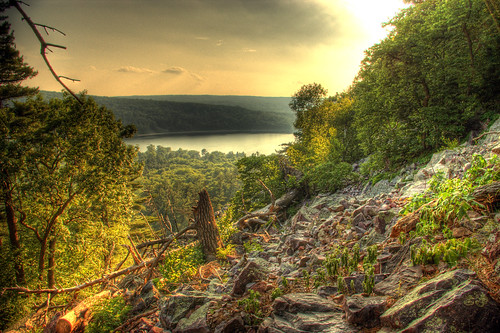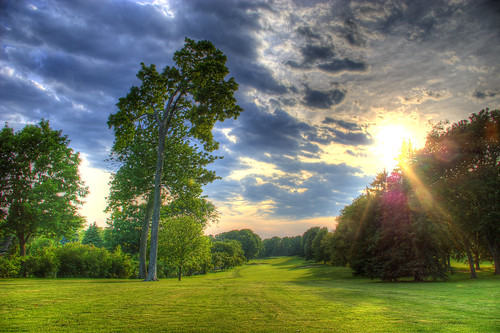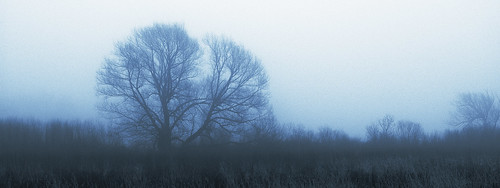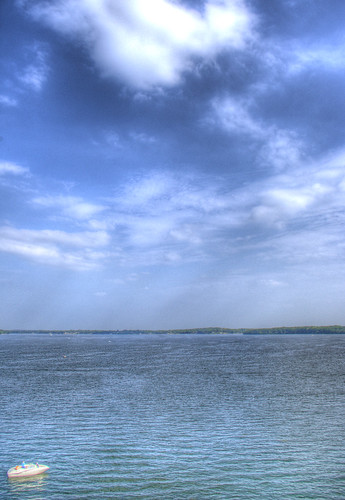Friday, June 22, 2007
Thursday, June 14, 2007
The Amphibian
Amphibians are classified as a species of animals that include all living tetrapods (four-legged vertebrates) that do not have amniotic eggs (which is the innermost membrane which encloses the embryo of a mammal, bird, or reptile), have bodies which are regulated by the environment (i.e. cold-blooded), and generally spend part of their time on land. Another well-known trait is the ability of amphibians to breath through their skin.
Although only around 6,000 species exist and have been documented, dramatic declines in amphibian populations, including population crashes and mass localized extinction, have been noted and observed over the past two decades in locations all around the globe. Many scientists believe that because of the amphibian sensitivity and vulnerability to the environment, they are thought to be one of the telltale precursors to the effect of mankind on the Earth.
Tuesday, June 12, 2007
Thursday, June 7, 2007
Wednesday, June 6, 2007
In the Clouds
It may sound odd, but fog is itself a cloud in contact with the ground, and technically only differs from other clouds in that it touches the surface of the Earth.
Fog forms when water vapor in the air at the surface begins to condense into liquid water. Fog normally occurs at a relative humidity of 100%, and this can be achieved by either adding moisture to the air or dropping the ambient air temperature. A reading of 100% relative humidity does not mean that the air can not hold any more moisture, but the air will then becomes known as supersaturated.
Tuesday, June 5, 2007
Lake Monona
This body of water of water known as Lake Monona is a freshwater drainage lake in Dane County, Wisconsin. It is the second largest in a chain of four lakes along the Yahara River (the other lakes being Mendota, Kegonsa, and Waubesa) in the area, and forms the south shore of the isthmus on which downtown Madison lies. The name 'Monona' is a Chippewa word believed to mean 'beautiful', although the lake was originally named by the Winnebago 'Teepee Lake'.
Lake Monona covers 3,274 acres and has a mean depth of 27 feet and a maximum depth of 64 feet. On average the lake holds about 28 billon gallons of water and is fed by three tributaries (small rivers or streams); the Yahara River, Starkweather Creek, and Murphy Creek. Monona is also home to many fish species including bluegill, lake sturgeon, largemouth bass, smallmouth bass, muskie, northern pike, and walleye.
Interesting also is that Otis Redding and a few crewmembers ("Sitting on the Dock of the Bay") died when his plane crashed in Lake Monona on December 10, 1967 during a storm en route to a concert in Madison.






